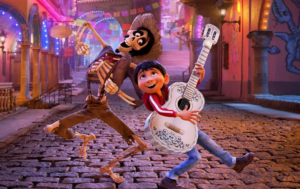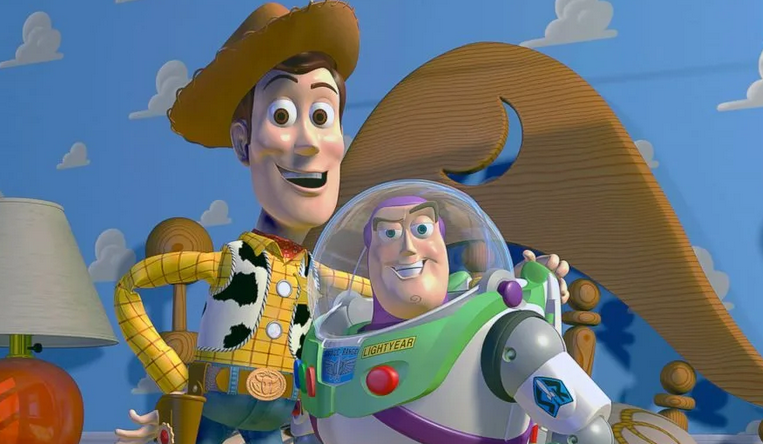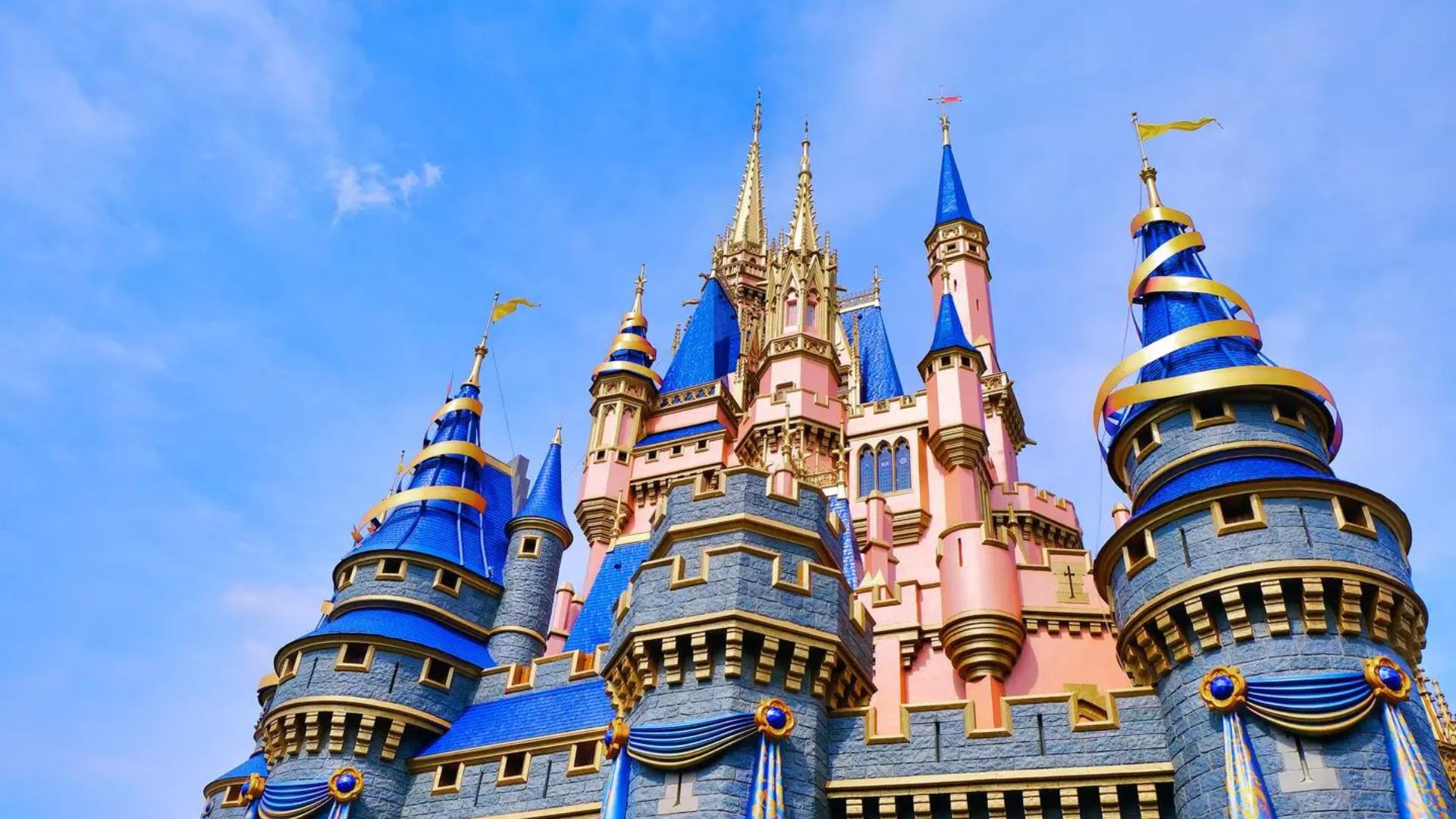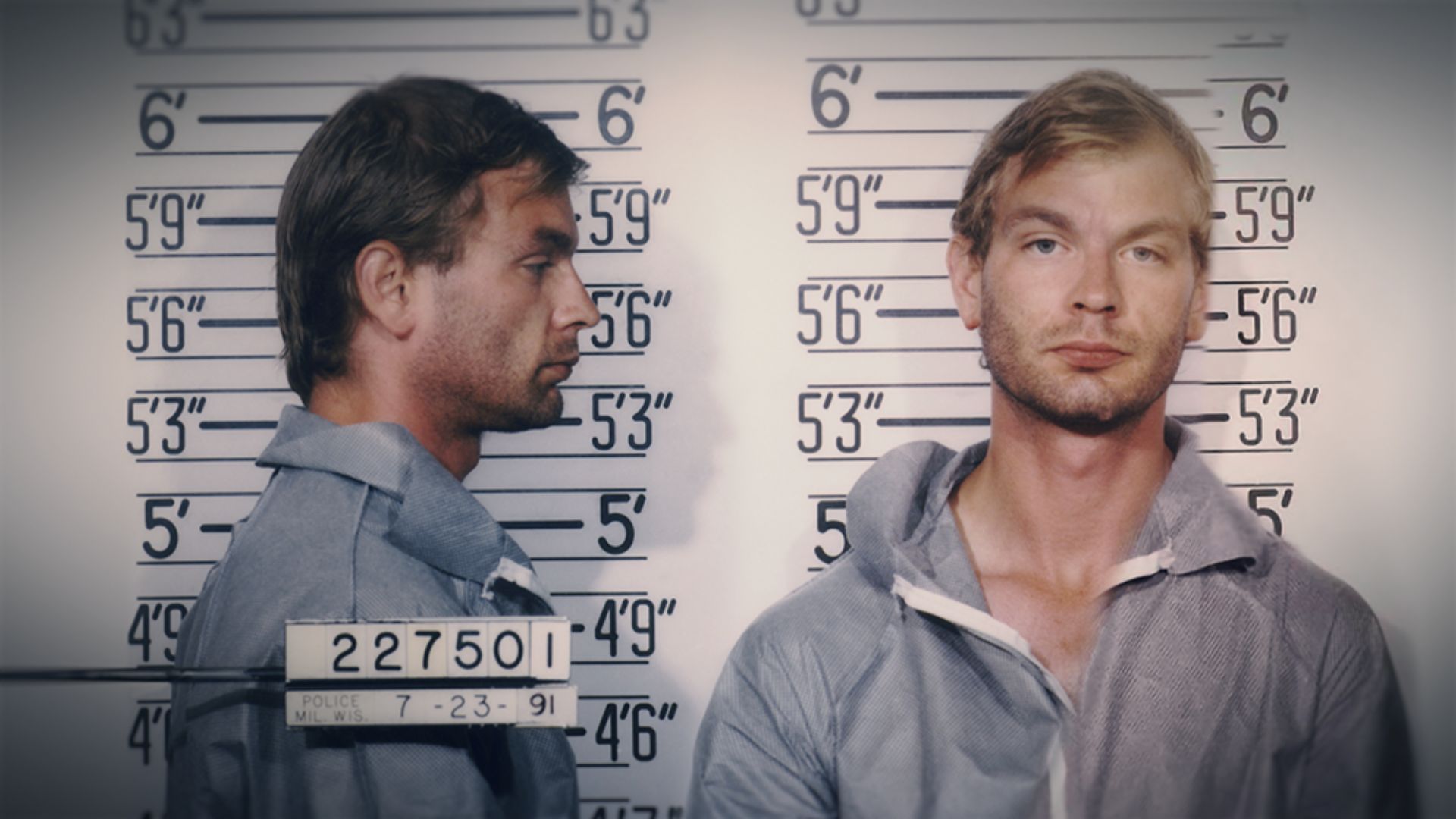Animated films have come a long way since their humble beginnings. From the initial hand-drawn sketches to the cutting-edge computer-generated imagery (CGI) of today, these films have captivated audiences and left an indelible mark on culture. Their evolution is a testament to the creativity and innovation within the world of animation. In this blog post, we’ll delve into the fascinating journey of animated films and their profound impact on the world.

The Dawn of Animation
The journey of animated films dates back to the early 20th century, with pioneers like Winsor McCay and his groundbreaking short film, “Gertie the Dinosaur.” It was a time when animation was a manual and laborious process, relying on hand-drawn frames. The creation of characters and scenes was a meticulous craft, requiring precision and dedication. Despite these challenges, animators persevered, laying the foundation for an art form that would soon revolutionize entertainment.
The Disney Era
Enter Walt Disney, a visionary who transformed animation into a mainstream phenomenon. With the creation of Mickey Mouse in 1928, Disney introduced a character that quickly became a cultural icon. The success of Mickey Mouse led to the establishment of The Walt Disney Company and the release of the first-ever full-color cartoon, “Steamboat Willie.” Disney’s innovation extended to the introduction of synchronized sound in “Steamboat Willie,” setting new standards for animated films and shaping the course of animation for decades to come.
The Golden Age of Animation
The Golden Age of Animation, spanning from the 1930s to the 1960s, saw the rise of major animation studios like Disney, Warner Bros., and MGM. Iconic characters like Bugs Bunny, Daffy Duck, and Tom and Jerry became household names, contributing to the cultural fabric of the era. Animated films, often feature musical sequences and heartwarming stories. They have become a staple of family entertainment and a reflection of the societal values and aspirations of the time.
The Advent of Computer Animation
The late 20th century witnessed a technological leap with the advent of computer animation. Pixar, a pioneer in this field, brought forth “Toy Story” in 1995, the first feature-length film entirely created using CGI. This marked a transformative moment in the history of animation, blending artistry with technology in unprecedented ways. Computer animation allowed for more realistic visuals, dynamic storytelling, and the creation of captivating worlds that transcended traditional boundaries.
Animation for All Ages
Animated films have evolved beyond children’s entertainment, appealing to audiences of all ages. Studios like Pixar, DreamWorks, and Studio Ghibli have pushed the boundaries of storytelling, addressing complex themes and emotions. Films like “Finding Nemo,” “Shrek,” and “Spirited Away” have gained critical acclaim and have become cultural touchstones.
Diversity and Inclusion: A New Narrative
In recent years, animated films have embraced diversity and inclusion, reflecting a more accurate representation of the world. Studios have been incorporating characters from different cultures, backgrounds, and gender identities, fostering a sense of inclusivity. This shift has not only expanded the horizons of storytelling but has also positively influenced societal attitudes toward acceptance and understanding.
Animated Films and Education
Animated films have become powerful tools for education. They make learning engaging and accessible, simplifying complex subjects for young minds. Educational animations impart knowledge, instill values, and encourage critical thinking. By integrating educational content into animated films, creators contribute to the intellectual growth and development of the audience.
The Global Impact of Animated Films
The reach of animated films has transcended borders and languages, making them a global phenomenon. Films like “The Lion King,” “Frozen,” and “Spirited Away” have captured the hearts of audiences worldwide, breaking box office records and winning international acclaim. Animated films have become a universal language, connecting people across cultures and fostering a sense of unity.
Conclusion
In conclusion, animated films have journeyed from simple sketches to awe-inspiring digital spectacles, impacting culture, society, and education along the way. Their evolution represents a fusion of artistic creativity and technological innovation, making them a powerful medium that will continue to shape our world for generations to come.



